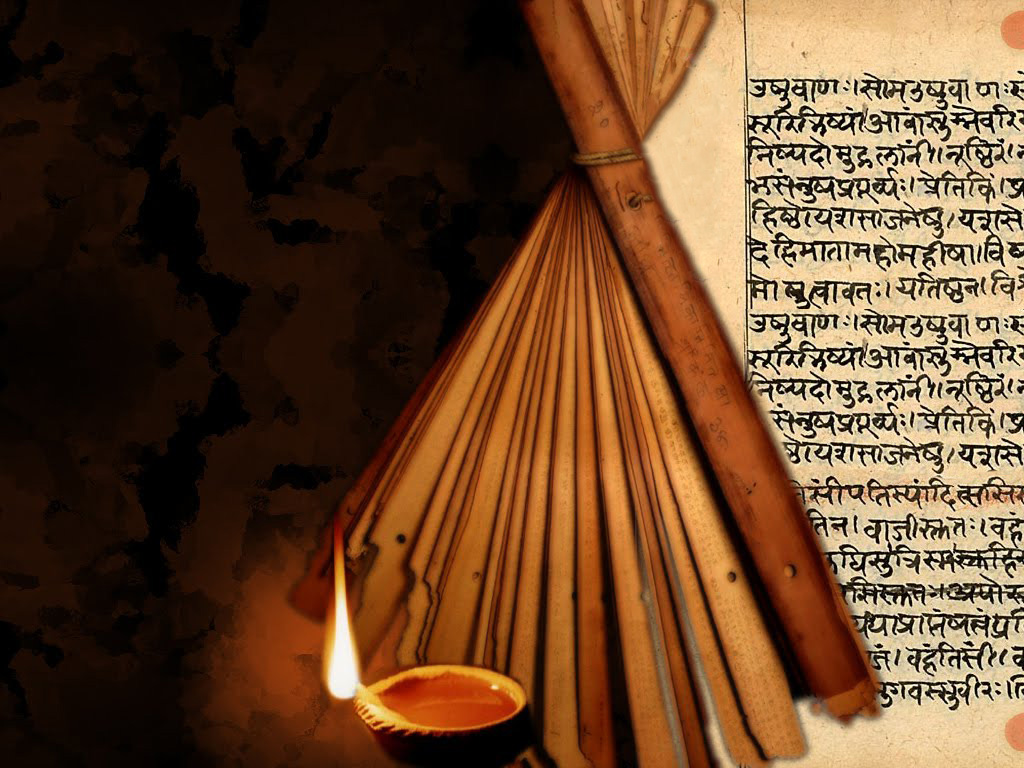

Ayurveda is an ancient Indian science that is over 5,000 years old but has remained relevant in today’s fast-paced lifestyle. It is a sister science of Yoga. Ayurveda is derived from two root words “Ayu” and “Veda”. Ayu means lifespan, longevity, and Veda means science. So Ayurveda means the Science of Life, Lifespan, and Longevity. The World Health Organisation recognizes Ayurveda as “the world’s most ancient, scientific, holistic, complete, natural system of healthcare”. Ayurveda is also frequently referred as ‘Ashtanga Ayurveda’ which is divided into eight branches, which are carefully chiseled out to meet specific needs in the process of maintaining health and preventing diseases.
These include following 8 parts:
1. Kaya Chikitsa: Internal medicine
2. Bala Chikitsa: Pediatrics
3. Graha Chikitsa: Healing of psychological problems
4. Urdhvanga Chikitsa: Ear, Nose and Throat related treatment
5. Shalya Chikitsa: Surgery
6. Visha Chikitsa: Toxicology
7. Rasayana Chikitsa : Immunology and methods to rejuvenate the body
8. Vajikarana or Vrishya Chikitsa : Science of Aphrodisiacs, Virility and improving health of progeny
For every disease, there is information about: definition, etiology, prodrome, clinical symptoms, pathophysiology, prognosis, principles of treatment, medicines, diet, lifestyle recommendations, and etymology. This approach is very similar to that of modern medicine and even more comprehensive.
Ayurveda is not just a medicinal approach to health; rather it is a complete paradigm of life. Person with healthy body is not completely healthy, balance between healthy mind and healthy body is equally important (prasanna atmenindriya manaha swasthya ityabhidheeyate). The wisdom of Ayurveda therefore does not constantly change with new scientific discoveries. In the contrary some of the recent medical discoveries authenticate ancient concepts of Ayurveda.



